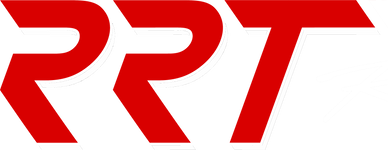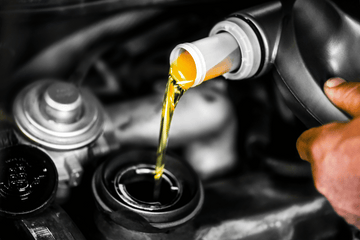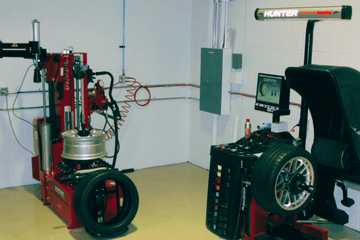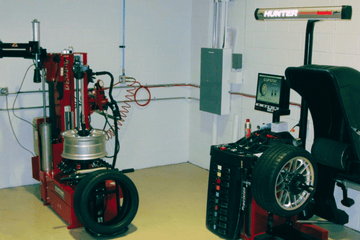Water Pump and Thermostat Replacement
The water pump and thermostat are two of the most crucial components of your engine. The pump’s purpose is to circulate coolant throughout the engine to draw heat away from the combustion chamber and send it to the radiator, where it can cool down. Without this feature, the engine will overheat and fail. The thermostat opens and closes at specific points to change the volume of coolant flowing through the engine so that it will operate in a specified temperature range. Water pump and thermostat failures can leave you and your car stranded on the side of the road, so it is crucial that if there are any symptoms present that they be addressed quickly so you can carry on driving your vehicle confidently.
There are a couple of basic water pump designs that manufacturers use. The first is a mechanical design. The water pump has an impeller connected to a pulley driven by the serpentine belt. The second is an electric design where the impeller is spun by an electric motor. Most modern engines use the electric design, and most are advanced enough that the car’s computer can control speed and even let it run after the vehicle is turned off. This allows the pump to only use as much power as is needed at any given time and reduces the parasitic draw on the engine, freeing up some HP.

HOW DO THEY FAIL?
One common area for the failure of both designs is the simple leak. Sometimes the seals on the bearings or housings will fail, and coolant will leak out. The impeller or bearing itself can fail on older mechanical pumps, preventing the pump from circulating coolant. With the electric pumps, the electric drive will usually slow or fail altogether. Regular inspections can find the electronic clues as to when this is happening and give you advanced notice of impending failure. Most newer vehicles are equipped with a safety feature called “limp mode,” if the car detects a failure of a water pump, it will only allow enough movement to get the vehicle and you safely off the road. Most of the time, this prevents the engine from overheating and therefore saves you the thousands of dollars it would cost for a new engine. The older mechanical pumps usually do not have this feature, so minding the coolant gauge on your instrument cluster is vital so that you can turn the car off as soon as a problem is indicated.
Most of the time, RRT will recommend replacing the thermostat simultaneously with the water pump. In almost every case, the thermostat is located adjacent to the water pump and needs to be removed to access it. This saves you labor as you usually only need to purchase the part during this job. A thermostat is also essential to a properly running engine, and its simple design is also its downfall because it can become gummed up or jammed. This creates a blockage in the coolant system preventing heating from being appropriately removed from the engine or not allowing the engine to reach proper operating temperature, depending on if the thermostat fails in the open or closed position.
ARE THERE ANY UPGRADES?
The short answer is yes; there are upgrades to the water pump and thermostat. But they are only sometimes recommended for street cars. On track or race cars, the operating requirements of an engine are vastly different from how they were initially designed, and therefore upgrading makes sense. However, running more coolant volume on a street-driven vehicle or a lower-temperature thermostat does not always benefit the vehicle. Please consult with the experts at RRT to determine if you should upgrade beyond the OEM parts or if replacing the factory parts with new units makes more sense.



